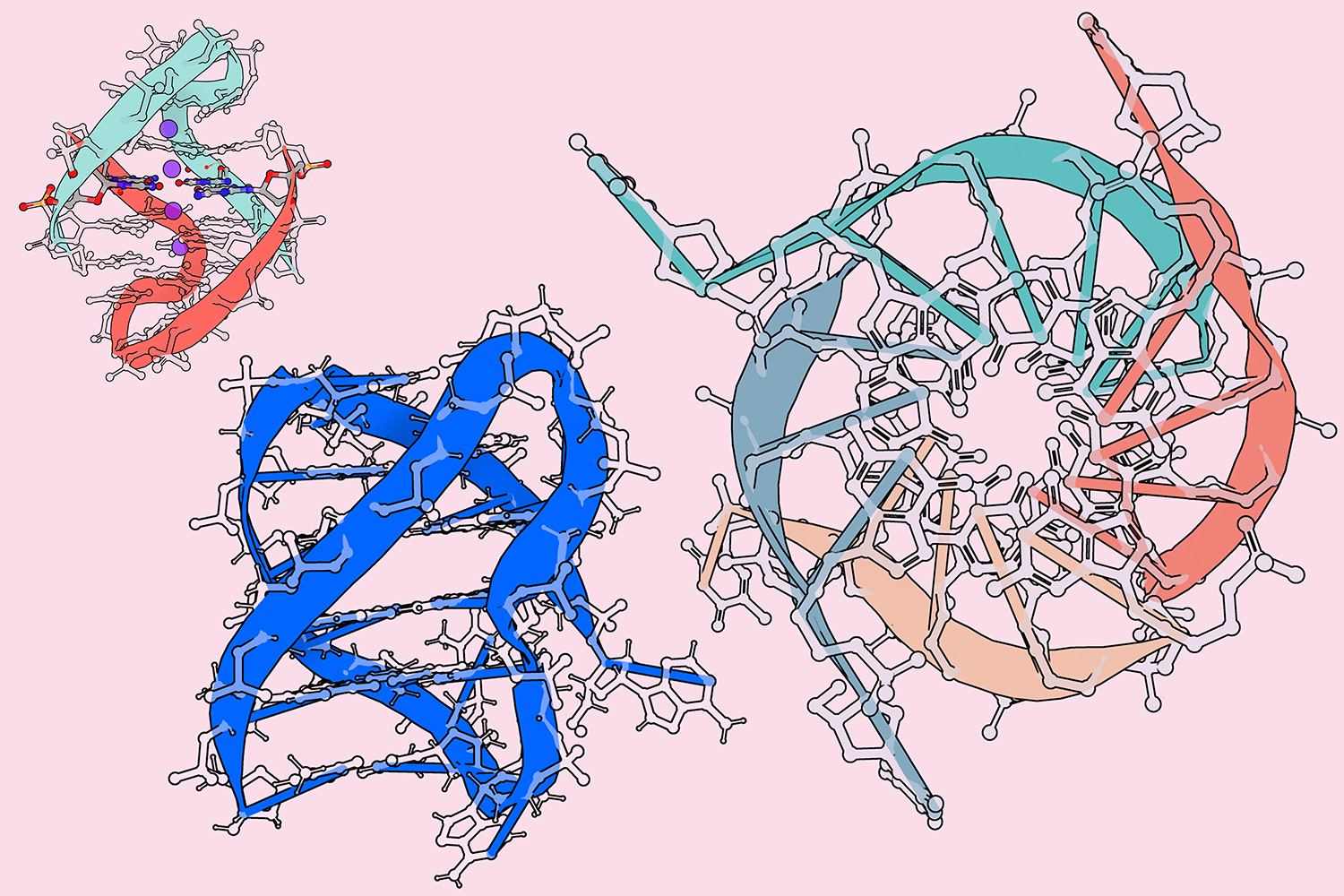Researchers have found a way to reset chemotherapy resistance for ovarian cancer.
Biochemists and clinicians at Imperial College London used genetic techniques to map how strands of human DNA form knot-like structures. The knots are exploited by ovarian cancer cells, and by blocking the knots in laboratory conditions the researchers saw a near six-fold reduction in chemotherapy resistance.
Chemotherapy is one of the most important ways to treat cancer, but the disease adapts and can become resistant to drugs.
Marco Di Antonio, an associate professor in molecular sciences at Imperial’s department of chemistry, said the study, published in Genome Biology, was the first time anyone had used this approach against chemotherapy resistance.
“It’s limited to ovarian cancer at the moment, but we believe that this can be extended to other cancers, although we haven’t done the experiments yet,” he said.
About 7,500 women a year are diagnosed with ovarian cancer in the UK, making it the sixth most common cancer in women. Although chemotherapy is initially effective, ovarian cancer often develops resistance to the treatment and cancer recurs in more than 70% of cases. Eventually, the drugs can stop working.
Di Antonio, who began researching ovarian cancer after his cousin was diagnosed, set out to examine genetic impacts on the disease by working with the university’s clinical teams led by Prof Iain McNeish, with funding from Ovarian Cancer Action.
While many cancers become resistant to treatment through genetic mutations, ovarian cancer does not. Instead, it develops resistance through how genes are expressed – the extent to which proteins are generated in the body.
The human genome would be about two metres long if extended in a straight line like a rope, but DNA strands form clusters or knots to fit within the nucleus of human cells.
Di Antonio’s team at Imperial’s Molecular Science Research hub in London investigated whether ovarian cancer was particularly reliant on certain knot-like structures, G-quadruplexes, when becoming resistant to chemotherapy. Cell samples established from patients at different stages of cancer demonstrated a link, showing there were more knots after chemo resistance set in, appearing in key genes that are needed for the cancer to become resistant.
“We decided to use established molecules to target this G-quadruplex structure – they block the knot from being recognised by proteins that trigger the expression of the gene,” Di Antonio said. “So what we can do with the molecule is revert the expression level of the genes back to a level that is much more similar to the pre-chemo-resistant state.” The molecule, pyridostatin, generated nearly a six-fold decrease in resistance.
Questions remain, however. The molecule needs to be turned into a pharmaceutical that can be tested on patients, and it is not clear whether resistance would return. They have also yet to establish whether the process could be applied to other chemo-resistant cancers.
Another avenue for research is whether gene therapy – modifying a patient’s cells – could mutate cells so that they are not able to form some forms of G-quadruplex knot and become resistant.
Illustration courtesy Michele Stasi, Imperial College London, generated with 3Dproteinigaging.com

